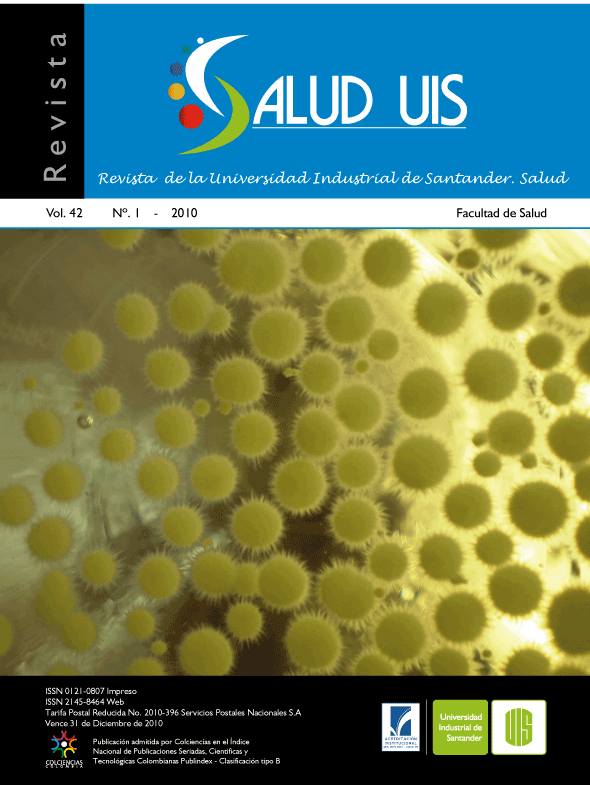Resumen
RESUMEN
OBJETIVO: Evaluar la reproducibilidad test-retest del recordatorio de actividad física de 3 días (3DPAR) en formato impreso y digital.
MATERIALES Y MÉTODOS: Estudio de evaluación de pruebas diagnósticas; participaron 121 estudiantes de 5° y 6° grado, 36,9% de género masculino, promedio de edad 10,7 ± 0,9 años. La reproducibilidad fue analizada mediante el coefciente de correlación intraclase (CCI) y se establecieron los niveles de acuerdo entre la primera y segunda medición con la metodología de Bland y Altman (B&A), con base en el promedio de bloques para cada nivel de intensidad y día de la semana.
RESULTADOS: El formato impreso registró CCI entre 0,2 y 0,5 para la actividad física muy fuerte (AFMF), entre 0,2 y 0,3 para la actividad física fuerte (AFF); el formato digital fue respondido por 59 estudiantes y mostró CCI entre 0,2 y 0,6 para la AFMF y la AFF, respectivamente. Se encontró un buen nivel de acuerdo entre el formato impreso y digital y una buena reproducibilidad, CCI entre 0,5 y 0,7 para la primera y segunda prueba, respectivamente.
CONCLUSIÓN: Los hallazgos de este trabajo constituyen el inicio de la evaluación de cuestionarios para la medición de la actividad física en niños y adolescentes en nuestro medio. La reproducibilidad encontrada plantea la necesidad de realizar la evaluación en edades mayores y posiblemente ajustar el formulario para indagar por actividades usuales y no necesariamente las de los tres días inmediatamente anteriores.
Palabras clave: Reproducibilidad de resultados, evaluación, cuestionario, actividad física, adolescente
ABSTRACT
PURPOSE: To evaluate the test-retest reliability of the 3-day physical activity recall (3DPAR) in printed and digital format.
MATERIAL AND METHODS: An evaluation of a diagnostic test study was done; 121 students of 5th and 6th, 36.9 % male gender, average of age 10.7 ± 0.9 years, took part in this study. Reliability was analyzed by the intraclass correlation coeffcient (ICC) and the levels of agreement were established with Bland & Altman plot (B&A), based on averages of blocks for each level of intensity and day of week.
RESULTS: The printed format showed ICC between 0.2 and 0.5 for very hard physical activity (VHPA), between 0.2 y 0.3 for hard physical activity (HPA); the digital format was answered by 59 students
and showed ICC between 0.2 and 0.6 for the VHPA and HPA. We found a good level of agreement between the two formats.
CONCLUSIONS: The results of this work are the beginning of the evaluation of the questionnaires for assessment of physical activity in children and adolescents in our setting. The reliability fndings showed the urgency to realize the evaluation in oldest children ages and possibly, asking for usual activities instead of those of three immediately previous days.
Keywords: Reproducibility of results, assessment, questionnaire, physical activity, adolescent
Se autoriza la reproducción total o parcial de la obra para fines educativos, siempre y cuando se cite la fuente.
Esta obra está bajo una Licencia Creative Commons Atribución 4.0 Pública Internacional.
